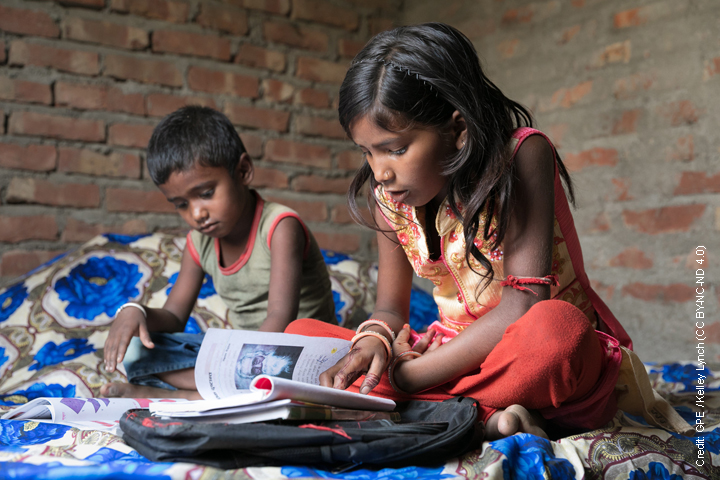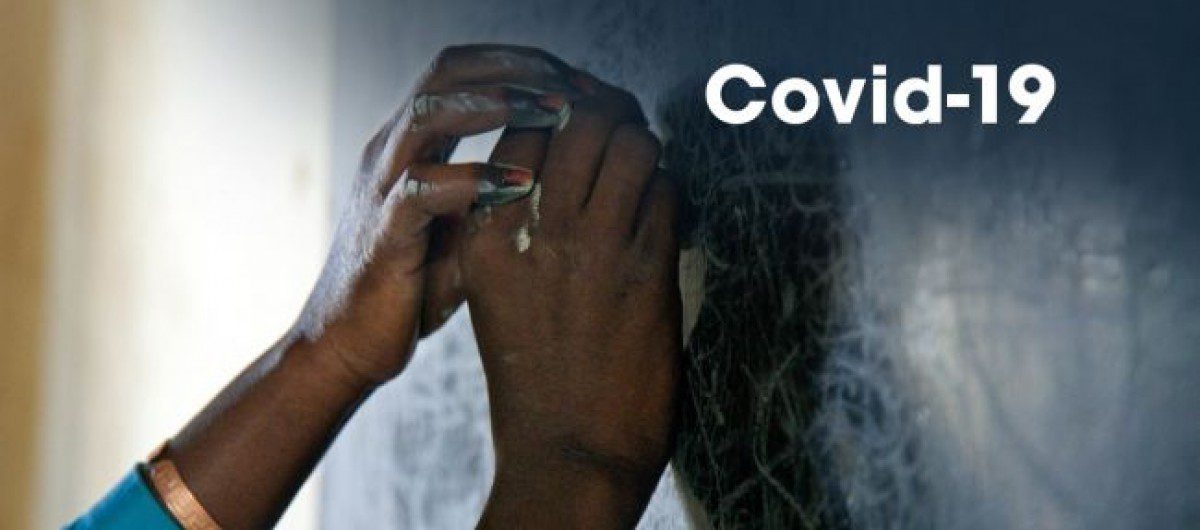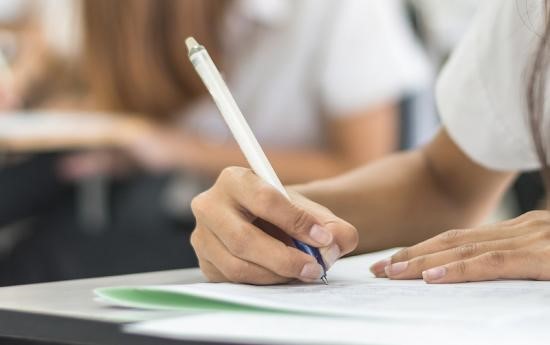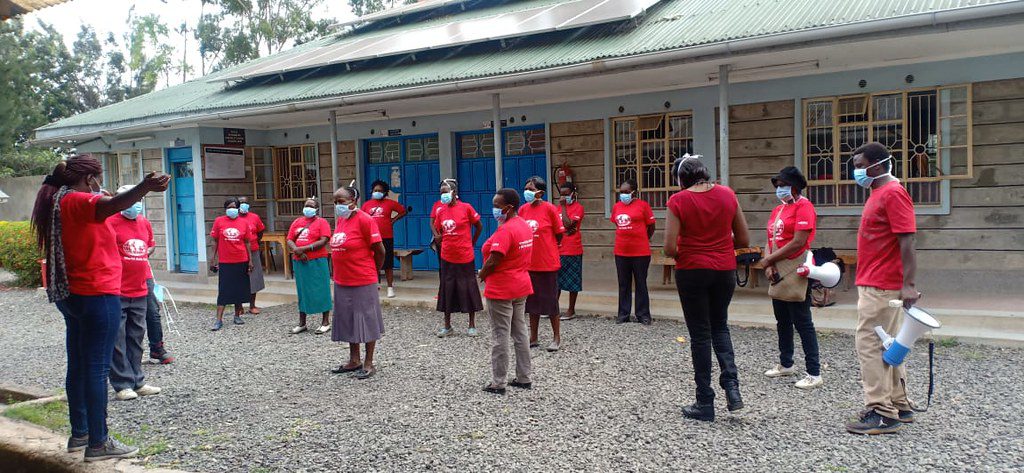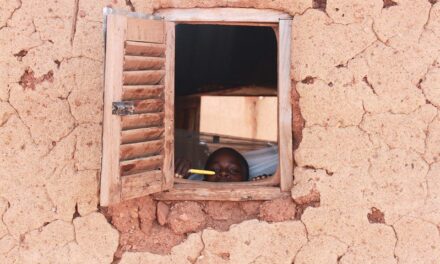This blog was written by Dr Shruti Taneja-Johansson, Department of Education and Special Education, University of Gothenburg (Sweden); Professor Nidhi Singal, Faculty of Education, University of Cambridge (UK); and Dr Niraj Poudyal, The School of Arts, Kathmandu University (Nepal). It was originally published on the UNGEI website on June 2021 and CaNDER website on 14 June.
Nepal has been hit very hard by COVID-19 with significantly high infection rates and resultant deaths. The country went through its first three months of national lockdown in 2020, and schools were shut for nine months. These closures are likely to have a disproportionate impact on children with disabilities. To understand the experiences of school closures in Nepal of children with disabilities, we undertook a telephone survey with 119 parents of children with disabilities who were attending school prior to the pandemic. The participants were based in two provinces (Bagmati and Province 2), and the surveys took place between December 2020 and March 2021.
Parents were mainly contacted by teachers or by administrative staff. Telephone was the most frequent medium of communication, and most noted that teachers were in touch to provide materials to support their child’s learning. Deeper analysis of the data revealed some interesting insights related to gender.
Engagement with formal learning
According to our survey, girls were more likely to be studying during school closures, with 81% reported as spending on an average more than an hour studying per day, in comparison to 70% of boys. Parents of boys were also more likely to report that their child was not studying at all during closures.
Use of electronic devices for learning
76% of parents reported that their children were using books and printed materials during home study. Our data shows that although internet access was quite low for girls and boys with disabilities overall, girls were more likely to be accessing the internet (15% for girls and 5% for boys) and other devices to support their learning. The starkest variation was in phone use, with 66% of girls with disabilities accessing mobile phones for learning, compared to 32% for boys. According to our survey sample, girls with disabilities were not only engaging more in formal studies, but were also more likely to be using electronic devices for studying.
Informal learning support
Our data shows that girls with disabilities were more likely to be found studying independently (42%) in comparison to boys (26%). Boys were both more likely to be getting support for their parents, and other family members such as uncles/aunts, in comparison to girls, who were more likely to get assistance from siblings.
While this differentiation in types of informal support that the children were drawing on is interesting, across the board parents identified the lack of assistance and additional academic support as being the strongest barrier to continued learning of both boys and girls during lockdown.
Perceived value of education
Parents attached value to both academic learning and household chores as being important for girls. When asked to rate how important academic learning was for their child, those with girls were more likely to rate this as “very important” (96%), than those with boys (86%). Somewhat unsurprisingly, parents of girls also rated household chores as “very important” more often (53%), than those for boys (35%).
Returning to school
Returning to school was also of high importance to the parents surveyed. Parents of girls with disabilities reported feeling much more confident that their child would return to school (88%) in comparison to boys (74%). None of the parents of girls with disabilities reported any doubts that their child would not return to school, however 26% of parents of boys with disabilities were unsure, with 5% expressing serious doubts. Additionally, girls were also perceived as significantly less likely to refuse going back to school, in comparison to boys.
While parents described an eagerness for their child to return to school, it was among parents of girls with disabilities that stronger assertions were made on the value of education, as noted in some of these open comments, “Because education is important and we cannot teach her everything at home”; “She should be a doctor. She must study, so there is no way she can drop school”.
Parental concerns during school closure
Falling behind in learning
Parents of both boys and girls reported concerns about their child forgetting what had been learnt. Even though our analysis highlights that girls were more likely to be engaging in formal learning, parents were more worried about girls falling behind in their learning due to lack of accessible materials and lack of technological familiarity. In contrast, rather interestingly, parents were more worried about boys getting older without education and how these closures were differently impacting future life opportunities. These concerns were not as strong among parents of girls, raising questions whether the link between education and future employment was more strongly perceived for boys rather than girls.
Safety and well-being
Parents expressed greater concerns about their girl’s safety and wellbeing, with 23% noting that they were unable to work as they felt that they could not leave their child alone. Only 7% of parents of boys expressed this as a concern. Interestingly, parents of girls were also more concerned about keeping their child safe from COVID-19 infection on return to school (82% for girls, and 65% for boys). Concerns around loss of friendship and peer networks for girls were heightened among parents in comparison to boys. Accordingly, they were also seen as giving higher importance to their girl child being with peers/friends on returning to school.
The danger of pre-determining the narrative on the impact of Covid-19 on education for girls with disabilities
Overall, most parents noted that their child with disabilities was significantly more disadvantaged and had fewer opportunities to learn when compared to siblings without disabilities in the same household. Our findings lend support to the growing evidence that the pandemic has had serious impacts on access to continued learning for children with disabilities and on their well-being both in Nepal and beyond.
However, what our findings also highlight is the importance of not overly pre-determining the narrative on the impact of the pandemic on gender and disability. There are several dangers in viewing girls with disabilities simply as a vulnerable group, as this can reinforce stigma and position them as in need of receiving the minimum, which in many cases translates into community awareness efforts and nothing more.
A call for a more nuanced understanding of the experiences in education of girls and boys with disabilities
The parents we surveyed valued education for their girls; highlighted empathy towards the socio-emotional impact of school closures on issues such as loneliness and were concerned about their daughter’s safety during and beyond the pandemic. Some of these trends could reflect the higher education status of parents of girls with disabilities and possibly how increased schooling is resulting in micro shifts among families.
Nonetheless these findings warn against presenting homogenized and victimizing discourses around gender and disability. The call here is not to deny the significant vulnerabilities, exclusion and discrimination that girls with disabilities face, rather these findings reveal the need for developing a deeper narrative. A more nuanced understanding is needed which recognizes the value of diverse identities, heterogeneity in lived realities and multiplicity of meanings and possibilities. Engaging with such insights is important as they challenge deeply held assumptions and emphasize the need for more sophisticated gender specific interventions.
Acknowledgements: This work was funded by WISE and carried out under the aegis of the Cambridge Network for Disability and Education Research (CaNDER) based at the Faculty of Education, University Cambridge.

